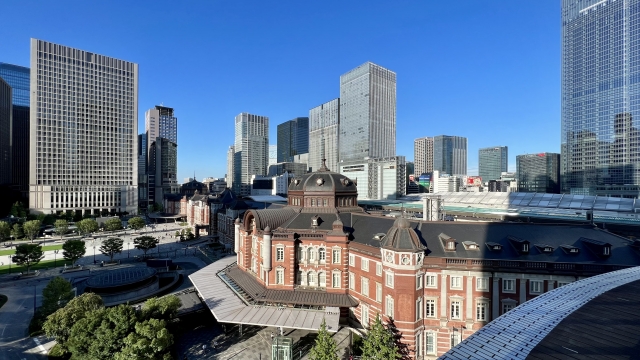San-To: The Three Capitals
During the Edo period (1600–1868), Edo, Osaka, and Kyoto were known as the “Three Capitals (San-To).” Edo was home to the shogun, making it the political center of Japan, with a population of over 1 million, making it a globally significant city. Osaka flourished as a commercial city, while Kyoto was home to the emperor, nobles, and numerous temples and shrines. A “capital” traditionally referred to the place where the emperor resided, and Kyoto had maintained its traditions and customs as such a city for over 1,000 years since 794.
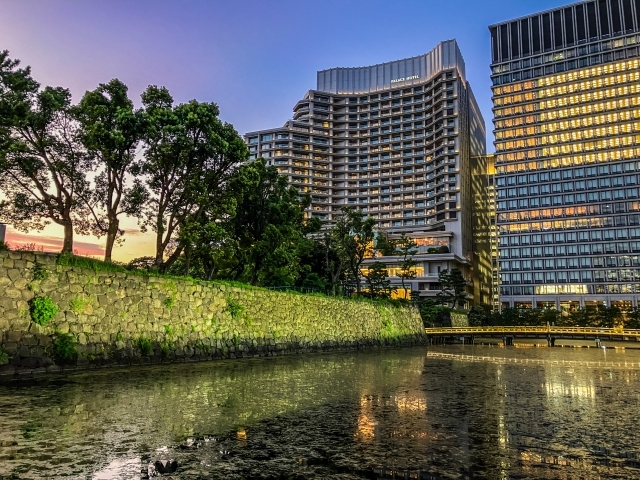
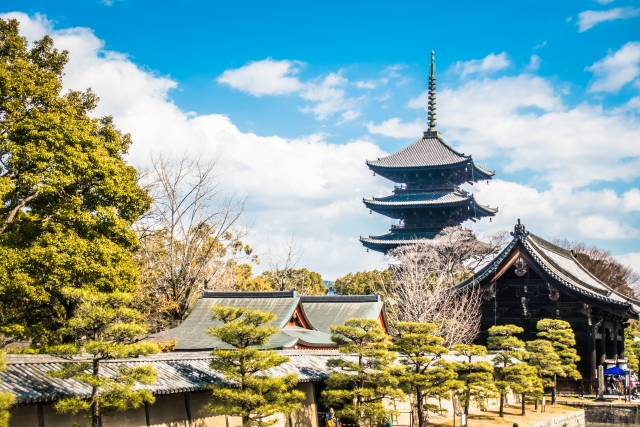
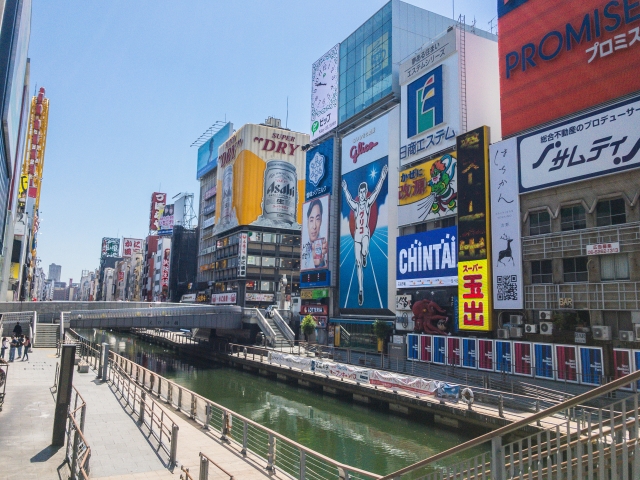
The End of Samurai Rule
The over 250-year reign of the samurai came to an end, and Japan began its path toward becoming a modern nation. Edo had been the political center with Edo Castle, where the shogun, the leader of the samurai, governed the entire country. However, the forces supporting the Tokugawa Shogunate were defeated, and the shogun’s authority was transferred to a new political body, the Meiji government.
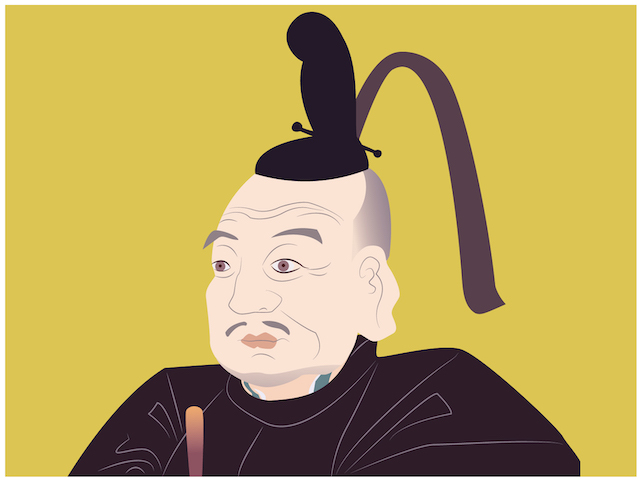
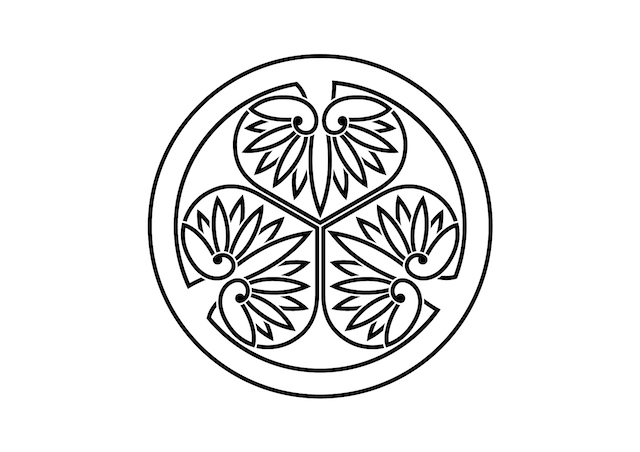
The Desired Authority
Those who brought about the transformation were relatively young people from the lower samurai class. Their mission was to transform Japan into a modern state, based on Western ideas of nationhood. This movement is known as the Meiji Restoration. To govern the country, they needed a symbol of authority, so they petitioned the emperor in Kyoto to become the symbol of the new nation. The question then arose: where should the new capital be located? After much debate, Edo was ultimately chosen.
The Emperor Moves from Kyoto to Edo
The emperor had lived in Kyoto since the end of the 8th century, surrounded by many customs and traditions, and rarely left the imperial palace. The people of Kyoto respected the emperor, but he was not a familiar figure in their daily lives. However, the Meiji government envisioned the emperor Meiji as a modern head of state, deeming the old traditions unnecessary. Thus, the emperor moved from Kyoto to Edo.
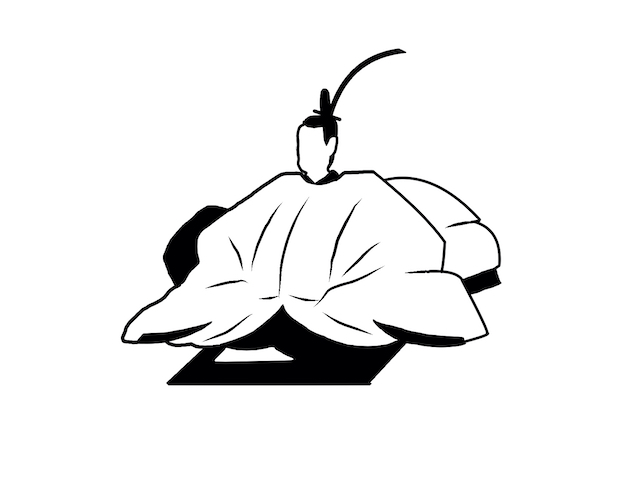
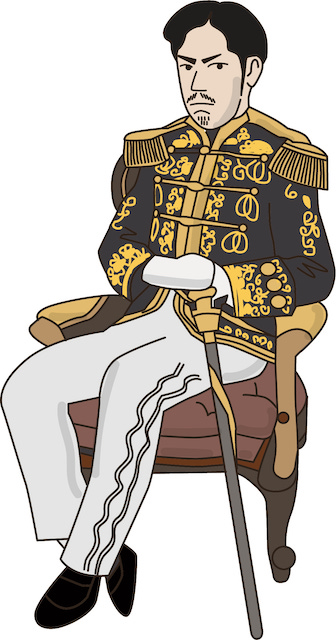

The Meiji Government’s Strategy
In Edo, the emperor was not as well known as the shogun had been. To ensure the people of Edo would welcome the emperor, records show that the government provided large quantities of sake to celebrate his arrival. In Kyoto, there were concerns that the city would decline if it was no longer the capital, and there was opposition to the move. The government assured the people that although the emperor would move to Edo, he would not completely abandon Kyoto. As a result, the emperor began residing in Edo, making it the de facto new capital, though no official law was passed to confirm this, and this ambiguity persists to this day.

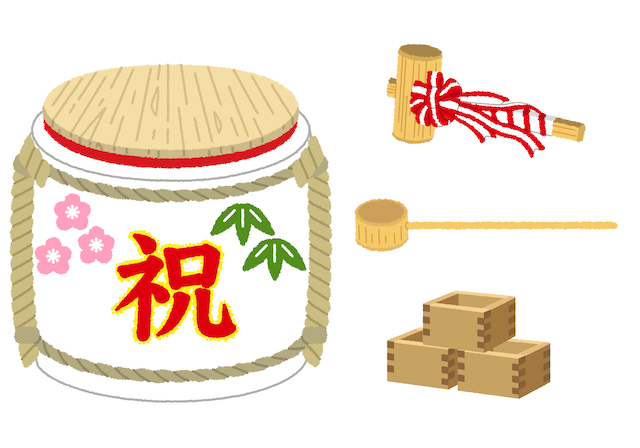
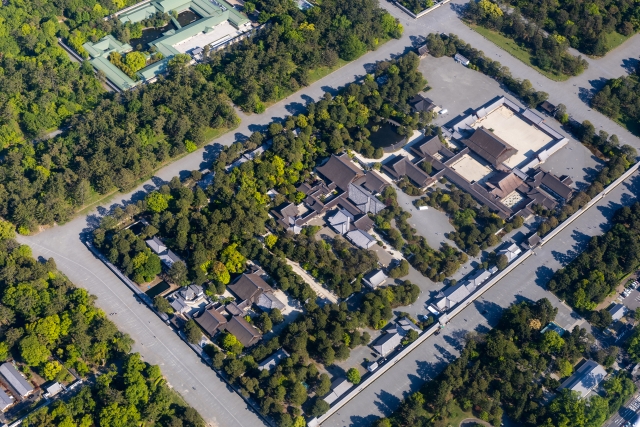
Edo Becomes Tokyo
In 1869, the emperor took residence in what was once Edo Castle, which became the “Kokyo” (Imperial Palace).The current palace, still surrounded by stone walls and moats, is a remnant of the former military stronghold. Edo’s name was changed to Tokyo, meaning “Eastern (To) Capital (Kyo),” to reflect its status as a counterpart to Kyoto in the east. Since the move was not an official transfer of the capital, Kyoto still retains its “Gosho” (Imperial Palace) even today.

